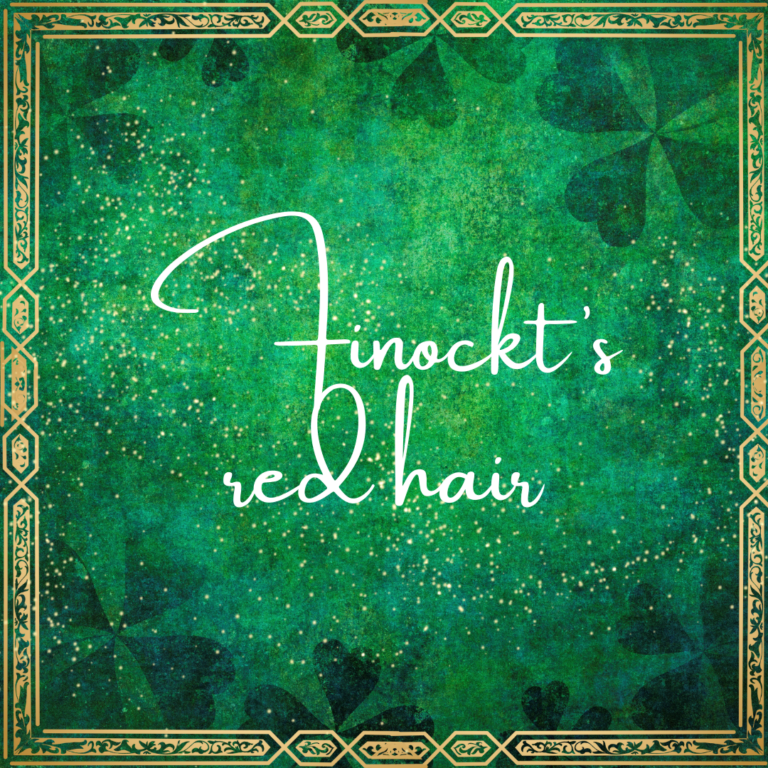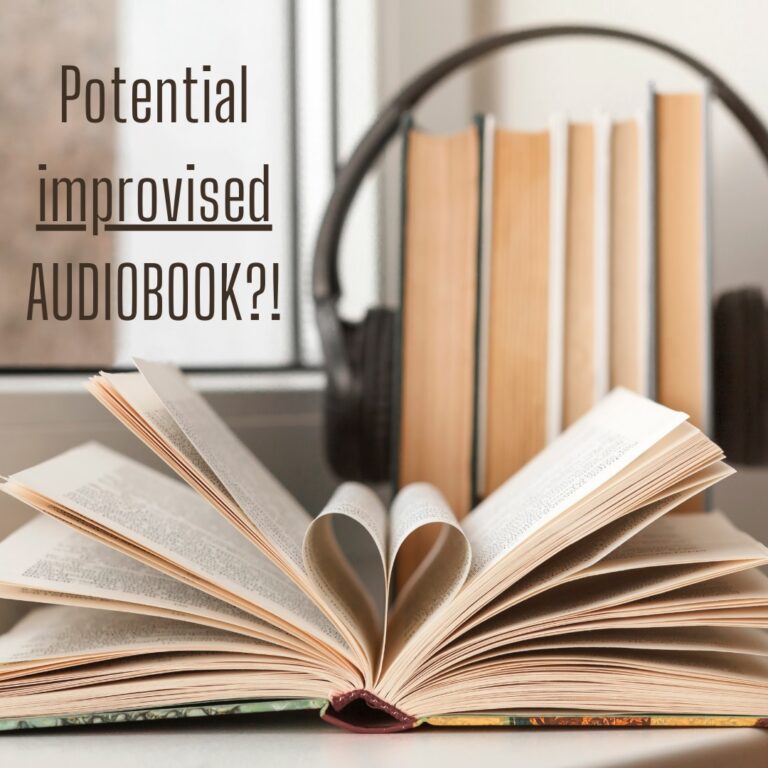Dialogue Tip#8

Dear Storyteller,
Tip#8 is all about Dialogue.
I originally didn’t have this tip included in my series of what I wanted to share with you, however, I decided it was important to include-partially because it is a huge part of writing a story but also because it seems to follow up nicely with Tip#7 Meet your Characters.
What’s the best advice on Dialogue?
Let’s read on to find out.
Why is Dialogue so important?
Dialogue is an essential part of what draws you in to the world about which you’re reading. It is what invites you to participate in the conversations at hand, and it is what brings you that “lost-to-reality” feeling that you’re no longer an outsider. Rather, you are an intimate part of every conversation you’re reading.
What does Dialogue consist of?
Dialogue consists of 4 things: believability, authenticity, tone, and flow. If you capture these 4 things, you’ll have pretty much mastered the essence of writing dialogue.
Let’s look at them individually.
#1-Believability
This is probably first and foremost the most important characteristic of dialogue. If your dialogue isn’t believable, then readers aren’t going to buy it nor are they going to feel drawn into the story.
Make sure that when you’re writing dialogue, you believe what the characters are saying. If you don’t believe them, then readers aren’t going to either.
What do I mean by believable dialogue?
Simply that what the character is saying actually sounds like something you’d hear in real life. And what you might hear your character saying is highly dependent on your genre.
For instance, you wouldn’t use modern phrases in a medieval fantasy.
Ex. “That’s totally cool!”
While this is, perhaps, an extreme example, it is nevertheless proof that this type of dialogue just doesn’t work well. It throws the reader out of the story because it’s not something they’d actually believe a person living in that time period would actually say. Thus, it’s unbelievable, distorts the story, and disappoints the reader.
Instead, choose believable dialogue, even if it may be a bit flowery, as this will always go over much better dependent on the time period. If, of course, your time period is the modern era, then you have no worries. Write away. Pretty much anything would go at that point.
#2-Authenticity
Authentic dialogue ties in fairly well with believability. This is where you want readers to feel as if what the character is saying fits his/her personality, the characteristics you’ve given him or her, and overall that character’s demeanor.
Authenticity is also what contributes to helping the reader start differentiating between characters. You want to ask yourself, would this character I just met speak like this? Does this fit his/her personality or attitude toward life?
For example, you might have a character that you’ve met in your story and slowly introduced to the reader as an untrustworthy, devious sort. Punctuating his dialogue then with happy, inviting speech wouldn’t fit with this character, would it? It would be confusing to the reader. Why is he so happy all the time when he talks, but he’s described as glum? He always wears a sullen expression, but when he speaks with others he’s always so ridiculously happy.
Believe it or not, I’ve actually read this in a couple of books. It was quite confusing, and I actually lost track of who I thought I was reading about. So avoid this at all costs by ensuring your character who’s speaking is actually speaking in a manner that’s authentic to who they are as a person/character.
A caveat to this…yes, there’s always a caveat…
A small caveat to this is whether or not you want to use happy dialogue to trick the reader and thus trigger the reader’s mind to say, wait a second! This isn’t like this character to be so upbeat.
In this instance, you’d want the reader to feel that this change was indeed uncharacteristic of the character. It could also kind of double as a foreshadowing of what might come, such as making the reader skeptical regarding what this devious character might be planning and who will find out about it in time. It could keep the reader on edge and keep this particular character on their watch-list as a potential suspect to something they know might be coming…and yet the reader doesn’t know what. They just know they need to keep an eye on him. Again, in this instance, I believe using dialogue out of character (for a character) would give more intrigue to your story. Does this make sense?
Okay, what’s next?
#3-Tone
Tone is a great indicator and differentiator amongst characters-either male or female.
To use examples from my own books, let’s consider Deverell’s character.
For his character, I try to use a very serious, analytical, cautious tone. By doing so, I hope to convey to the reader that he’s a man who takes his duty and his position very seriously. His intent is to serve and to protect. His mind is always alive with anticipating and planning. When he talks, the reader better sit up and listen because, although Deverell may not say a whole lot, when he does speak, he’s worth paying attention to.
A contrast to Deverell is Gwri. While Gwri has some characteristics that are similar to Deverell’s, in that he is analytical and he does focus on protecting and serving others, his speech is more poetic. His tone is lighter and more whimiscal. It almost has a lilt to it. It’s soft and caring, and yet it carries with it none of the hard notes of serious contemplation that Deverell’s tone does. Gwri exudes a sense that things will turn out all right, despite all the odds against them. Deverell is a little more realistic.
Side note:
I hope my use of these two characters as an example of tone didn’t ruin your perception of either of these men. Sometimes it’s nicer not to know what the author’s thinking and/or how she perceives her own characters. I love both of them in different ways for sure.
Ultimately, what I wanted to convey to you as a writer is that the goal is to create a specific “tone” for each character so that when he/she starts speaking, the reader knows immediately-or can at least anticipate-who’s talking before reading “so-and-so” said.
#4-Flow
Let’s assess Gwri again, since I already kind of touched on this with him in the previous section.
Gwri’s dialogue “flow” is mainly poetic. He’s soft and gentle when he speaks, and his speech gives the reader the idea that he’s fairly in tune with his feelings for a guy. He hinges more on the romantic side. You can tell he feels strongly about things and leads with his heart more than his head, whereas Deverell is the opposite. Deverell understands the deceit of the heart and cautions himself against it. He would prefer to couch how he feels or what he thinks, rather than blurting it out for the whole world to hear. Thus, you’ll find Deverell’s dialogue flow is more militarily precise, more to the point. He speaks only what is necessary, and he’s more succinct. Gwri is bent a little more like Finockt: passionate and emphatic. They each say what’s on their minds…sometimes to their own detriment. The proverb-think before you speak-would be better fitted for both of them. Probably more so Finockt than even Gwri, but they’re two who rather live in the same camp when it comes to speaking before thinking.
Last but not least, flow also lends insight into who each character is as a person, and the flow of their speech will alert the reader to who is speaking by how the dialogue sounds to the ear, even when silently reading it. In this case, it’s very similiar to but slightly different from tone.
It also yet another useful tool which serves to differentiate characters from one another.
More insight into this concept of the importance of dialogue…
Creating top-level dialogue should be your second highest priority, aside from figuring out your story. The best way I can describe the ability to create believable, authentic, perfectly tuned, and flowing dialogue is to eavesdrop on your characters.
Just as I suggested meeting your characters, not creating them in Tip#7, think of dialogue the same way. Don’t create dialogue. Hear it happening. Eavesdrop on the conversations between your characters or their own inner dialogue.
Hemingway said the same thing. You’ll find it in the YouTube video I shared with you in my last post, but I’ll include it here if you’d like to watch it again.
Personal note…
When I mention my advice mirrors Hemingway’s, am I insinuating that I’m one of the “great” writers of all time?
Certainly not.
I mean, I definitely hope my writing and my stories are noteworthy and worth your time reading. Without a doubt, this is the ultimate goal and aspiration of any writer, but, in the event that my mentioning Hemingway may be misconstrued, I did want to “set the record” straight, so to speak, and share with you where I’m truly coming from when I included this information.
I’m not sure why I felt inclined to share this section with you about Hemingway. Perhaps because I believed that maybe you’d find my writing advice potentially more credible if you knew that someone who’s written multiple novels and has been extremely successful also shared the same outlook. And maybe I felt like it would further solidify the fact that these methods actually do work and can lead to great success…if you’re Hemingway anyway. And who knows? You might be.
Share with me…
What do you think of this Tip#8? Has it changed your perspective on how to formulate dialogue? Do you feel more inspired or empowered to record your characters’ conversations now?
I hope this has added to your writing tool kit and your repertoire of knowledge regarding how to fabricate your own story and make it the best it can be.
If you missed my other tips…
Check them out here on The Writer’s Nook’s main page.
Until next time…shhhh, listen carefully. There’s a conversation you’re already missing. Better write it down fast. And in this case, yes, it’s okay to eavesdrop. 😉 God bless xoxo





